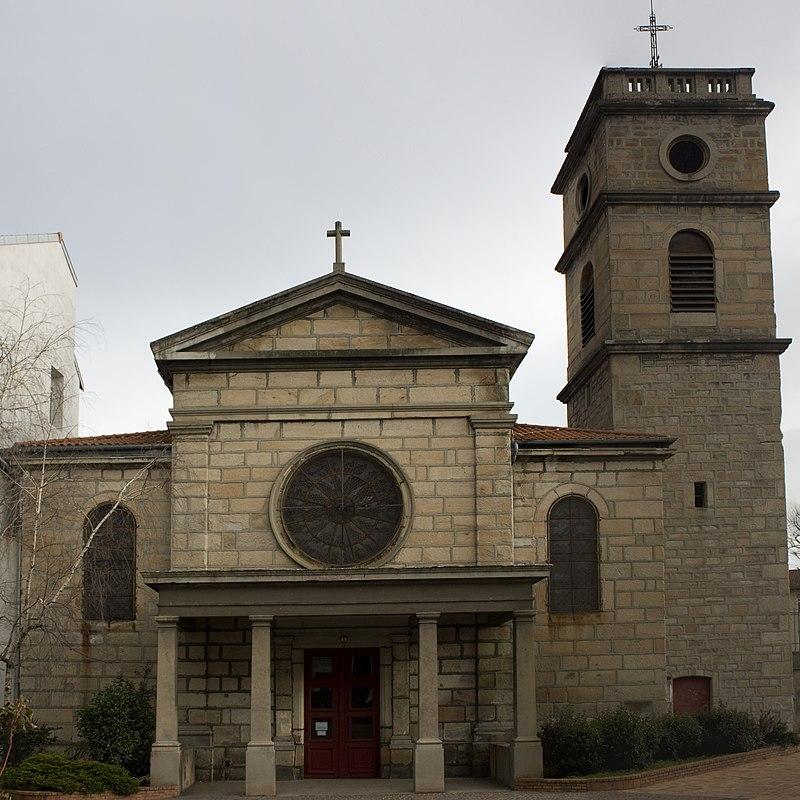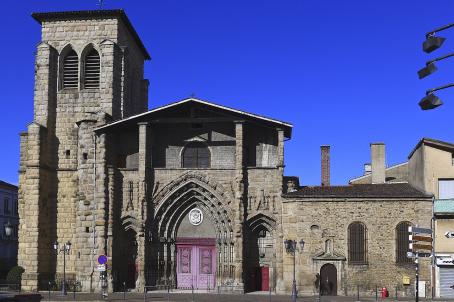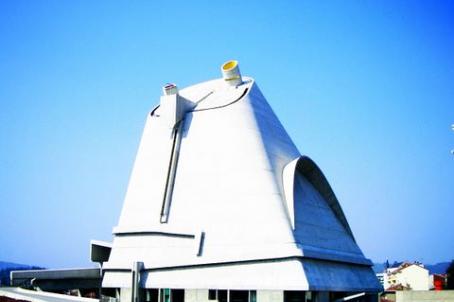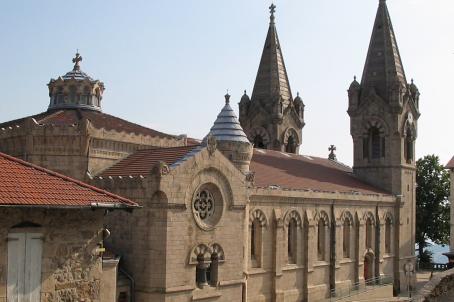Church of Notre-Dame de Valbenoîte

The Church of Notre-Dame de Valbenoîte is an ancient Cistercian abbey probably founded in 1184. In 1380, the monastery was rebuilt as a fortified abbey. In 1570, the Protestants of Gaspard II de Coligny (1519-1572) sacked the monastery. The monks were massacred and the church demolished. Reconstruction continued until the 17th century, and the main staircase dates from this period. The monastery burned down in 1779. The dissolution of the monastery during the French Revolution in 1790 expelled the remaining monks. The church became a parish church.





